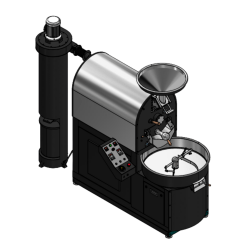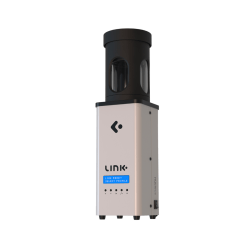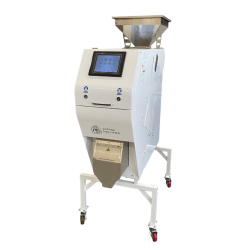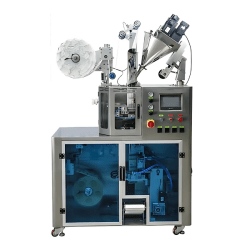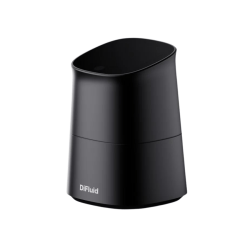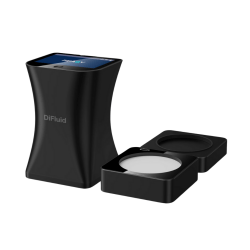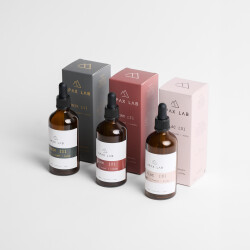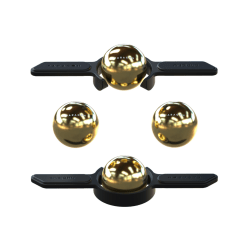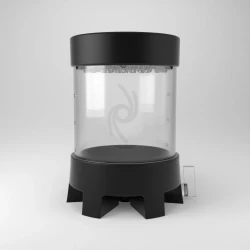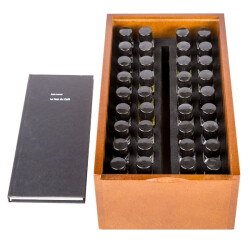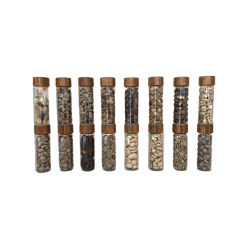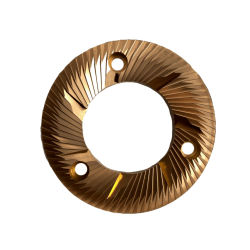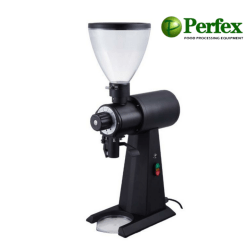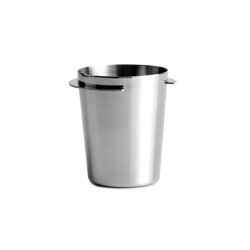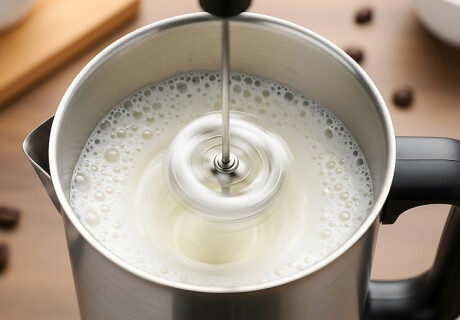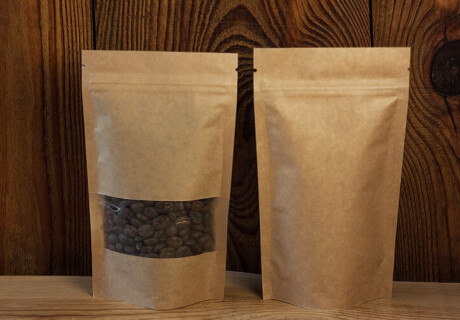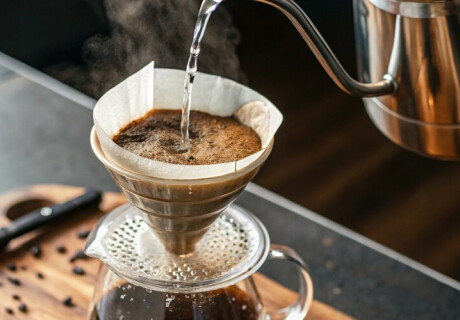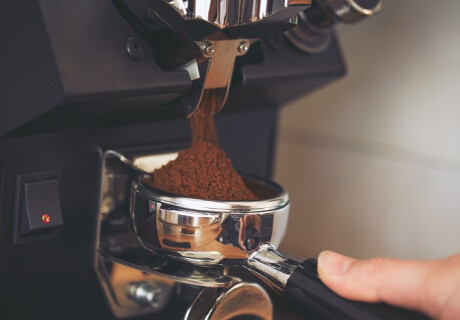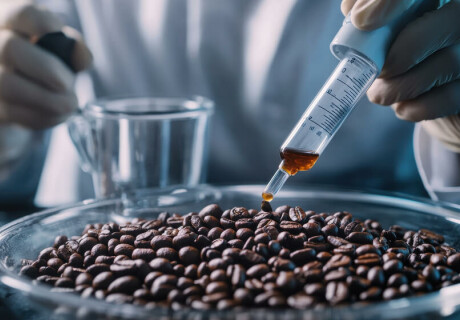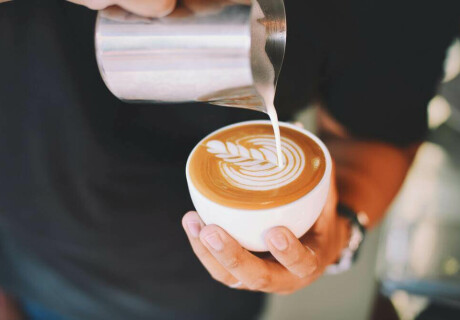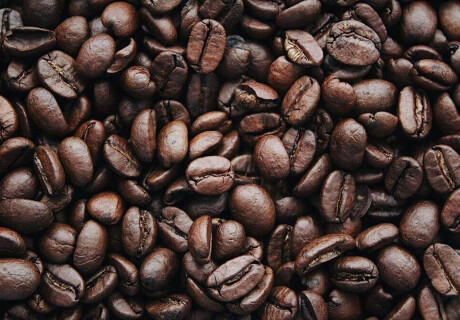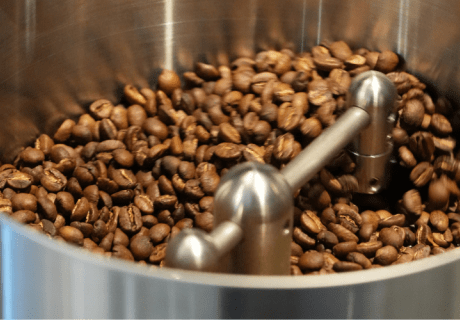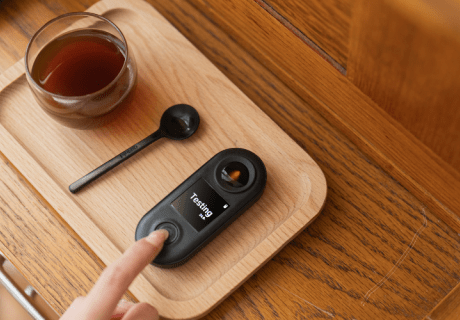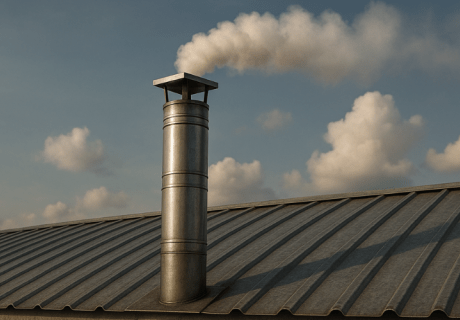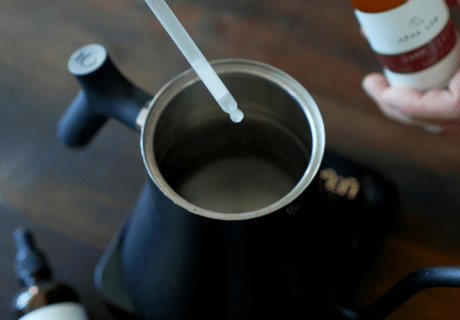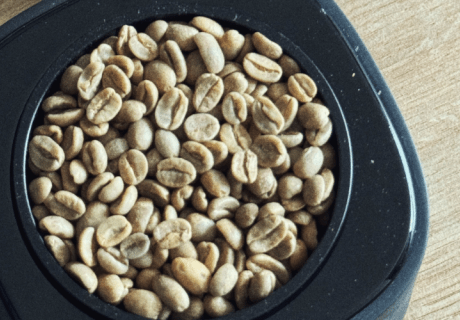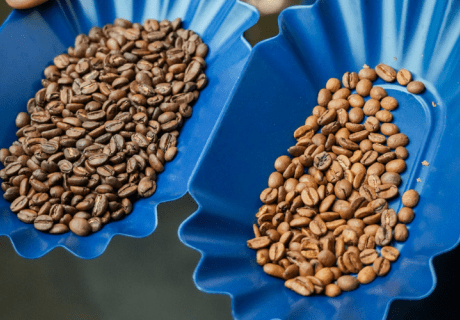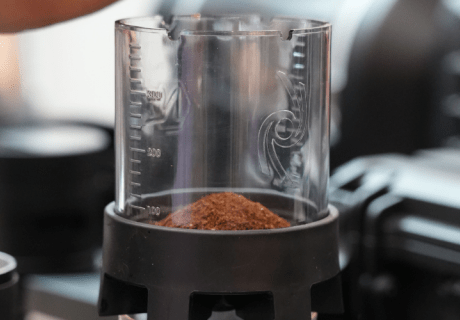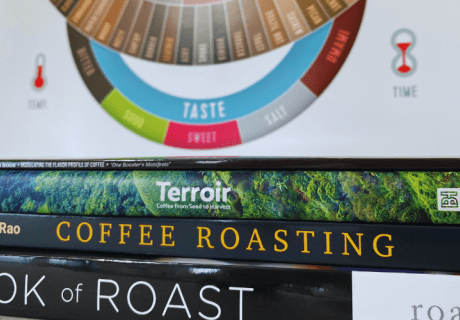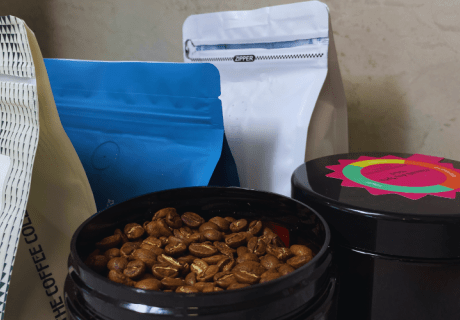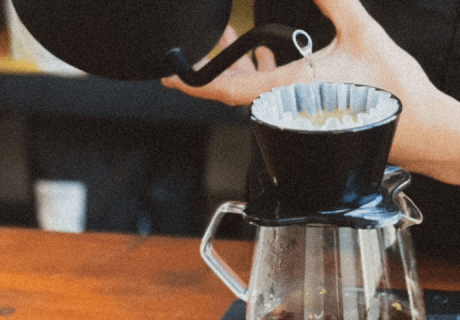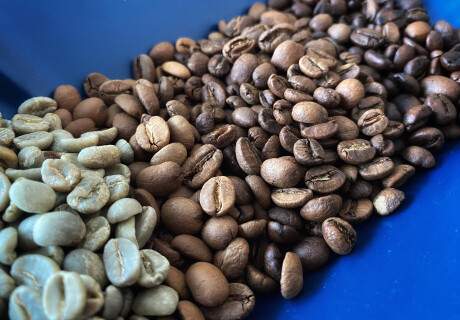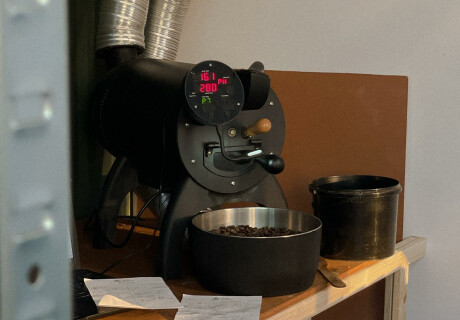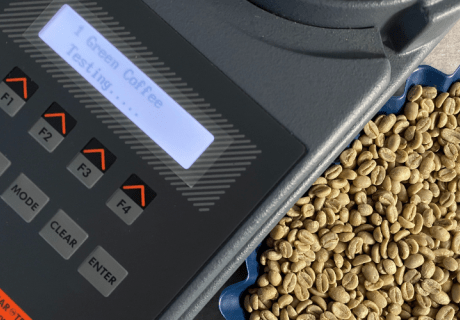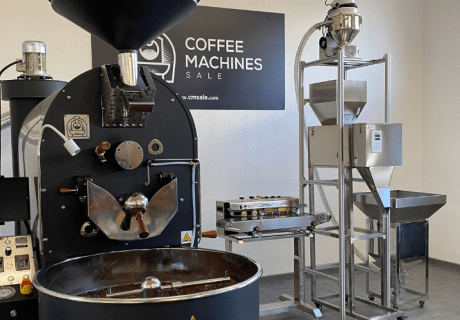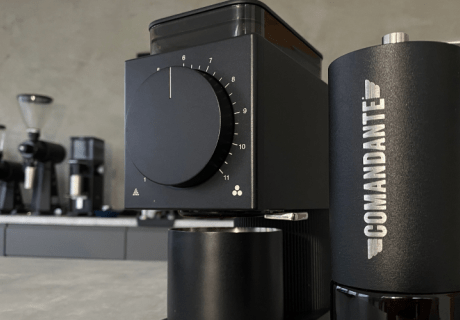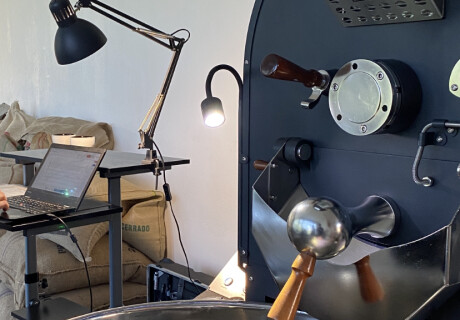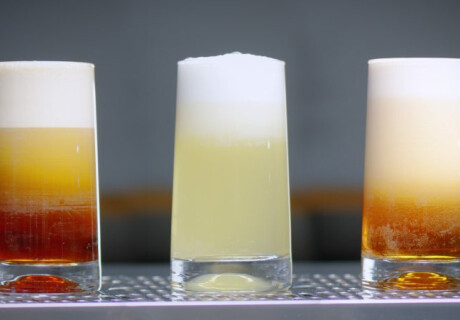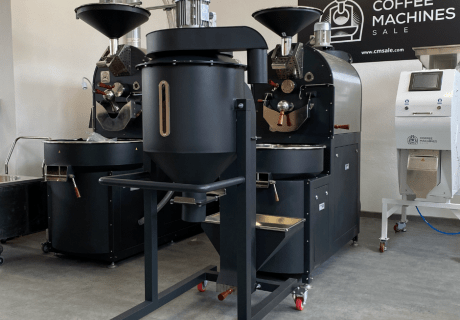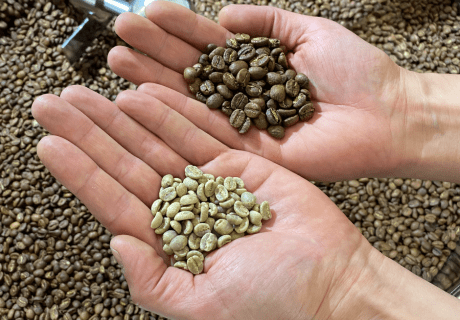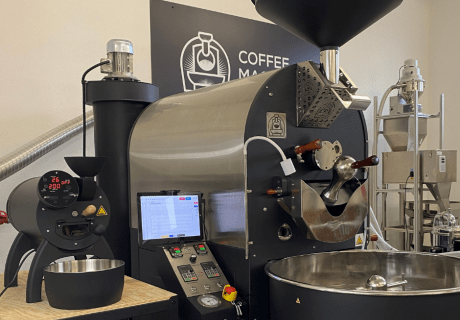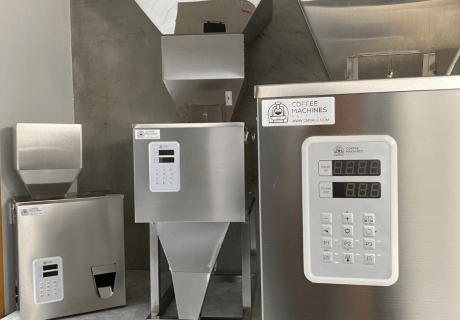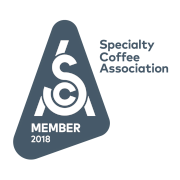Roasting Coffee for Espresso: What Makes It Different?
Understanding Espresso Roast Profiles
An espresso roast profile is designed to bring out the special qualities that make a great shot of espresso. Unlike other roast profiles, such as those for drip coffee or French press, espresso roast profiles are designed to balance intensity and depth, creating a complex and concentrated flavor experience. The process involves carefully controlling the temperature and duration of the roast to develop desired taste attributes while minimizing bitterness or excessive acidity. The main goal of the espresso roasting style is to bring out flavors strong enough to stand up to milk in lattes and cappuccinos, while still tasting great on its own as a pure espresso.
Developing the right espresso flavor in roasting is important, as it directly impacts the final cup profile. Roasters often aim for a medium to dark roast to achieve the caramelization of sugars, enhancing the brew’s sweetness and body. This is important for creating the thick crema and strong flavor that espresso lovers enjoy. By carefully adjusting the roasting style, you can bring out specific tastes like chocolate, nuts, or light fruity hints, while making sure the espresso has a smooth and balanced finish. The art of developing espresso flavor in roasting ultimately lies in the precise harmony between heat application and time, guided by an understanding of the beans' intrinsic qualities and the desired outcome in the espresso cup.
The Basics of How to Roast Coffee for Espresso
Successful espresso roasting starts with a clear understanding of the method’s unique needs. Espresso needs a roast that brings out strong flavors and a rich, creamy feel. Typically, espresso beans are roasted to a medium or dark level to achieve the optimal balance between acidity, sweetness, and body. The roasting process involves carefully controlling the temperature and time to ensure that the beans develop the right profile. Temperatures generally range between 210°C and 240°C, and the duration can vary depending on the desired roast level and bean characteristics. Here are some essential steps involved:
- Preheat the roaster to the desired starting temperature.
- Introduce the beans and monitor the temperature closely.
- Listen for the first crack, signaling the beans' initial stage of roasting.
- Carefully increase the temperature to reach the desired roast level.
- Cool the beans rapidly to halt further roasting and preserve flavors.
Implementing the best practices for espresso roasting can greatly enhance the quality and consistency of the final product. Consistency is very important, so keeping a detailed roasting log helps track things like temperature changes, roasting time, and environmental conditions. Roasters should often check and adjust their equipment to make sure temperature readings are correct. It is also important to taste the coffee and make changes based on what is noticed, so the roasting can be adjusted carefully for different types of beans. By focusing on these practices, coffee professionals can craft a roast profile that accentuates the inherent qualities of the beans while delivering a robust and balanced espresso shot.
Espresso vs Filter Roast: What’s the difference
The debate of espresso vs filter roast centers on adjusting the roasting process to suit each brewing method, as each one highlights different flavors and aromas in the coffee. Espresso roasts are typically darker, crafted to withstand the high pressure and short extraction time of espresso machines, resulting in a concentrated shot with a thick crema. The darker roast level helps to balance the intense flavors by reducing acidity and enhancing body and sweetness.In contrast, filter roasts are usually lighter to keep the coffee’s natural flavors and acidity, which come out more in slow brewing methods like pour-over or drip coffee. This contrast in roast levels reflects the distinct goals of each style; espresso focuses on boldness and richness, while filter coffee emphasizes clarity and complexity.
When looking at a comparison of different brewing methods, it becomes clear how the roast impacts the final cup. Espresso brewing uses pressure to extract flavors quickly, so it requires a roast that brings out strong flavors without causing too much bitterness. The short extraction time means that every element of the roast profile must be meticulously balanced. Meanwhile, filter brewing allows for a longer extraction period, giving the water ample time to interact with the coffee grounds. This method highlights nuanced flavors and aromatic compounds, offering a more delicate and layered experience. Ultimately, the choice between espresso vs filter roast depends on the desired flavor profile and the brewing apparatus used, with each method providing a unique lens through which to appreciate the complexity of coffee.
Developing Espresso Flavor in Roasting
Developing espresso flavor in roasting is a detailed craft that involves adjusting different parts of the roasting process to create a specific flavor. The ultimate goal of an espresso roast profile is to bring out the best characteristics of the coffee bean, balancing sweetness, acidity, and body to create a harmonious cup. Roasters begin by selecting high-quality green coffee beans with potential for the desired flavor notes. As the beans are roasted, careful attention is paid to the temperature and time to control the chemical reactions that develop these flavors. By adjusting the heat application, roasters can influence the Maillard reaction and caramelization, processes that enhance sweetness and complex flavors.
Acidity management plays an important role in shaping the flavor of espresso during roasting. While some acidity contributes to the liveliness of espresso, too much can lead to a sour taste. Roasters often aim for a medium roast to mellow excessive acidity while preserving the pleasant bright notes. Manipulating the roast curve, which involves varying the rate of temperature increase, can significantly impact the final flavor profile. A slower roast curve might allow for more nuanced flavors to develop, whereas a faster curve could enhance body and richness. Mastering the espresso roast means finding the right balance of these factors to create a bold and balanced espresso with flavors that develop as you drink.
Best Practices for Espresso Roasting
Understanding how to roast coffee for espresso means following proven steps that improve both the consistency and quality of the final product. One of the fundamental best practices for espresso roasting is to start with high-quality, fresh green coffee beans, as the raw material quality directly influences the end result. Frequent cupping and tasting sessions are essential for roasters to discern flavor profiles and make necessary adjustments. Maintaining a consistent roasting environment by controlling humidity, temperature, and airflow ensures that each batch is uniform, leading to a reliable flavor profile. Keeping detailed records of each roast’s settings is important for repeating good results and making smart improvements.
Another important practice is watching and adjusting the roast curve to bring out the right flavors in espresso. Finding the right balance between heat and time helps create the best caramelization and control acidity. Being precise with timing, especially during the first and second crack stages, greatly impacts the flavor and needs careful attention. Ongoing equipment calibration is an essential best practice, guaranteeing precise temperature readings and optimal mechanical function. Regular maintenance of roasting equipment prevents inconsistencies and enhances the overall roasting process.
Selecting the Right Espresso Machine
Selecting the right espresso machines is important for maximizing the potential of your espresso roast profile. The perfect machine should align with the roast characteristics you aim to highlight, ensuring optimal extraction and flavor balance. One of the primary considerations is the machine's temperature stability. Consistent temperature control during extraction helps maintain the integrity of the roast profile, allowing precise development of sweetness and body. Look for machines with PID controllers or dual boilers, which provide more accurate temperature regulation and enable simultaneous brewing and steaming. Another essential feature to consider is the machine's pressure control capabilities. The ability to adjust extraction pressure can significantly influence how flavors are extracted from the coffee grounds, which is particularly important when working with different espresso roast profiles.
Consider the machine's build quality and durability, as these factors affect long-term performance and reliability. High-quality components, such as brass or stainless steel boilers and professional-grade group heads, contribute to consistent results. In addition to the espresso machine, modern roasting furnaces—such as those from Stronghold—offer advanced monitoring systems that record the roasting process in great detail, often accessible on a tablet or mobile device. This allows roasters to track temperature curves, air flow, and other key parameters in real time, ensuring that the beans reach the optimal roast profile for espresso brewing. In the end, picking espresso machines that fit your brewing style and roast helps you bring out the full flavors of your coffee, giving you a better espresso every time.
The Role of Industrial Coffee Grinders in Espresso
The choice of industrial coffee grinders plays a significant role in achieving the perfect espresso roast profile. Grind consistency is very important in making espresso because small changes can greatly affect the taste and extraction. Industrial grinders are designed to deliver precise and uniform grinds, which is essential for maintaining the delicate balance of flavors in an espresso shot. These grinders offer greater control over grind size, ensuring that each particle is the right size for optimal extraction. The consistent particle size aids in achieving the desired pressure and flow rate during brewing, which is critical for expressing the espresso's full potential. Popular industrial espresso grinders available in Europe include the Mazzer Robur Electronic, featuring stepless grind adjustment and high-capacity dosers; the Mahlkönig EK43, renowned for its large flat burrs and ultra-consistent particle size; and the Compak K10 Touch, which offers programmable dosing and precise burr calibration.
These grinders typically provide adjustable grind settings, digital dosing, and burr types designed for both robust and delicate espresso roast profiles. Capacities range from 1 to 3 kg per hour for smaller commercial models to 5–10 kg per hour for high-volume operations. Industrial coffee grinders typically feature robust construction and advanced technology, allowing them to handle large volumes without sacrificing consistency or quality. This is especially important in commercial settings where consistency is essential for keeping customers happy. The quality of the grind directly influences the crema and body of the espresso, which are hallmark characteristics of a well-executed espresso roast profile. Additionally, the ability to fine-tune grind settings enables baristas to adapt to different roast profiles, accommodating variations in bean density and roast level. By investing in high-quality industrial grinders, espresso makers can ensure that every shot not only meets, but exceeds customer expectations, delivering a rich, flavorful experience in every cup.
Comparing Different Brewing Methods for Espresso
When doing a different brewing methods comparison for espresso, it's essential to consider how each method interacts uniquely with the espresso roast profile. Traditional espresso machines apply high pressure to extract a concentrated and rich shot, highlighting the bold flavors and creamy body characteristic of a darker roast. This method is perfect for showcasing the depth and complexity of an espresso roast, as it amplifies the sweetness and minimizes excessive acidity. In contrast, manual brewing methods such as the AeroPress or moka pot may not achieve the same level of pressure as espresso machines, but they offer a unique twist on the flavor profile. The AeroPress, for example, can create a cleaner cup with more pronounced acidity, revealing subtle notes within the roast. The moka pot produces a robust brew that echoes espresso's intensity but with a slightly different extraction dynamic. Exploring these methods provides coffee enthusiasts with diverse flavor experiences, each accentuating the espresso roast's best features in distinct ways.

